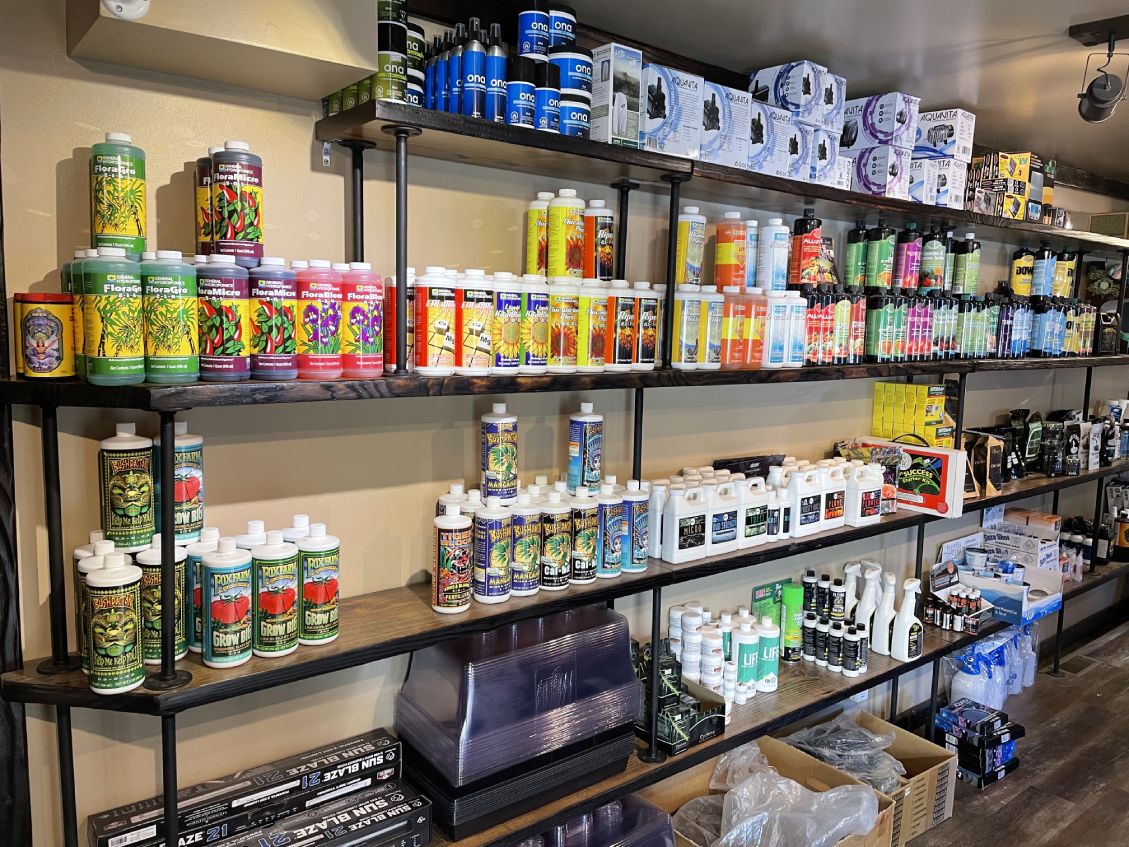Discover the Ultimate Planting Technique: The Indoor Earthworm Approach
Discover the Ultimate Planting Technique: The Indoor Earthworm Approach
Blog Article
Unlocking the Potential of Hydroponics: Recognizing Its Utilizes and Different Kinds
Hydroponics, a technique of growing plants without dirt, has amassed raising focus for its possible to reinvent farming and horticulture techniques. The accuracy control over nutrient shipment, water use, and ecological factors uses a glimpse right into a future where food manufacturing can be enhanced in various settings. As we browse with the elaborate landscape of hydroponic systems and techniques, it comes to be evident that each technique holds distinct advantages and restrictions. By untangling the diverse uses and sorts of hydroponics, we can discover a world of opportunities that might reshape exactly how we visualize sustainable farming and gardening techniques.
Benefits of Hydroponic Solutions

One more advantage of hydroponic systems is the capability to grow plants in a smaller area. Hydroponic systems decrease the danger of soil-borne diseases and insects, as there is no dirt to harbor these dangers.
Common Uses in Agriculture

Provided the effective water conservation and space-saving advantages of hydroponic systems, it appears that these cutting-edge agricultural approaches have found typical usages in different fields of agriculture. In standard farming, soil-based farming can be labor-intensive and land-consuming. Hydroponics offers an option by enabling plants to be grown without dirt, reducing water use by up to 90% contrasted to conventional farming approaches. This makes hydroponics particularly appropriate for regions encountering water deficiency or limited cultivable land. Additionally, the controlled setting of hydroponic systems allows year-round farming, providing a constant supply of fresh fruit and vegetables despite external climate condition.
Hydroponics is frequently used for expanding a variety of plants, consisting of leafed environment-friendlies, tomatoes, cucumbers, herbs, strawberries, and peppers. Furthermore, hydroponic systems are used in study and academic setups to study plant development, farming, and nutrition techniques.
Discovering Different Hydroponic Strategies
What are the numerous ingenious methods used in hydroponics to improve plant farming effectiveness and generate? Hydroponic systems supply a series of approaches that accommodate different plant kinds and growing goals. One prominent technique is the Deep Water Society (DWC) system, where plant origins are immersed in a nutrient solution, providing ample oxygen and nutrients. Another extensively used approach is the Nutrient Movie Strategy (NFT), which entails a superficial stream of nutrient option streaming over the plant origins, promoting water and nutrient uptake. Additionally, the Ebb and Circulation system, likewise recognized as the Flooding and Drain system, intermittently floodings the plant origins with nutrient remedy, enabling oxygenation during draining pipes periods. Aeroponics is an additional advanced method that includes misting plant roots with a nutrient option, taking full advantage of oxygen absorption and nutrient uptake. Each of these strategies showcases the convenience and efficiency of hydroponic systems in enhancing crop growth and return.
Comparing Numerous Hydroponic Systems
Exploring the efficiency and yield enhancement techniques in hydroponics leads us to contrast numerous hydroponic systems available for crop cultivation. Each hydroponic system has its one-of-a-kind features, advantages, and limitations, making it important for farmers to select the most suitable system based on their details demands and restraints.
One of the most typical hydroponic systems is the nutrient film technique (NFT), where a slim film of nutrient service continuously moves over the plant roots. In comparison, the deep water culture (DWC) system immerses look these up plant roots directly right into the nutrient solution, offering adequate oxygen and nutrients.
Another prominent hydroponic system is the ups and downs (or flooding and drainpipe) system, which periodically floods the plant roots with nutrient remedy prior to draining it. This cyclic procedure makes certain proper oygenation for the roots while supplying nutrients efficiently. Furthermore, the aeroponic system suspends plant origins in the air and hazes them with a nutrient solution, promoting fast growth and high oxygenation degrees. Cultivators trying to find a versatile system that reduces water usage commonly go with aeroponics. By comprehending the distinctions in between these hydroponic systems, farmers can make informed choices to make best use of crop return and quality. Click Here
Advancements in Hydroponic Modern Technology
With developments in hydroponic modern technology, the farming industry is observing a shift towards more lasting and effective farming approaches. Advancements in hydroponic innovation are transforming the means plants are expanded by making best use of yields, saving sources, and lowering environmental effect. One key advancement is the growth of smart hydroponic systems that use sensing units and automation to keep an eye on and change ecological conditions such as pH levels, nutrient focus, and light direct exposure in real-time. These systems allow precise control over growing conditions, bring about optimal plant growth and higher crop returns.
One more significant innovation is the combination of vertical farming techniques with hydroponic systems, enabling the cultivation of plants in stacked layers. This vertical strategy makes best use of space use, making it suitable for city environments where land accessibility is restricted - The Indoor Earthworm. In go to this web-site addition, using innovative LED lighting systems tailored to specific plant demands has enhanced power performance and improved development rates in hydroponic configurations
Innovations like these are driving the advancement of hydroponics, making it a extremely eye-catching and lasting alternative for modern-day agriculture.
Verdict
Finally, hydroponics offers many advantages in agriculture and has various strategies and systems that can be utilized to maximize its capacity. Technologies in hydroponic innovation remain to boost effectiveness and sustainability in food production. By recognizing the usages and various sorts of hydroponic systems, growers and farmers can unlock the full possibility of this innovative approach of growing plants without dirt.
Furthermore, hydroponic systems permit for better control over nutrient degrees, pH balance, and environmental conditions, leading to healthier plants and higher returns.

Report this page